An energy tariff is the way you buy electricity.
Just like you pay a certain amount for a litre of petrol, you also pay a certain amount for a kilowatt hour (kWh) of electricity. And just like the price of petrol changes throughout the day, so too does the wholesale price of electricity (every five minutes, to be exact).
Energy retailers turn the varying wholesale price into a set of pricing plans (tariffs) for you to choose from. The trick is choosing the right one, and that largely depends on your consumption habits and how flexible you can be with your usage.
In Australia there are five common tariff structures: Flat tariff, time-of-use tariff, controlled load tariff, demand tariff, and wholesale tariff. This article unpacks the wholesale tariff.
 Wholesale tariffs: The backbone of retail prices
Wholesale tariffs: The backbone of retail prices
Wholesale tariffs (also known as ‘spot exposed tariffs’) are based on the ‘spot price’, which is the price that energy companies pay when they buy your electricity from the National Electricity Market (NEM).
The spot price in the NEM is set every five minutes by the Australian Energy Market Operator (AEMO) based on many factors, like long-term planning and the amount of electricity available at a given moment.
This price can vary from -$10 per kWh (usually when there is lots of renewable generation available) to $16.50 per kWh (if there’s a network problem or simply not enough generation to meet demand). Keep in mind, you usually pay $0.25 per kWh, so these fluctuations can become eye-watering. If you’re not cautious with your energy use, you could end up paying a lot more than you expected.
Energy retailers make complicated deals to manage the ups and downs of these prices. Then they offer you a set price for electricity. Essentially, they are insuring you against the risk of price volatility, and they are charging you a premium for this service. If you can manage the price risk of your electricity use, by maximising your EnergyFlex Rating for example, then you can save money through a wholesale tariff.
This may sound scary at first, but don’t worry: EnergyFlex can teach you how to confidently manage these risks on your own and progressively reduce the insurance premium you pay on your electricity use. Think of it like car insurance. You pay a set rate to avoid the risk of big, unpredictable costs. But as you get better at managing those risks (i.e., you become a more confident driver), you could opt for less coverage and a lower premium.
- Pros: You pay the actual price for the electricity you use, and you can control your bill through your own actions. If you reduce your usage in the expensive times and increase your energy usage during the low-price times, you will reduce your electricity bill.
- Cons: You will need to be very aware of your energy use to avoid high prices.
- Good to know: Wholesale prices can be lower than flat rate and time-of-use tariffs, but they can also be much higher. If you switch to a wholesale tariff, you’ll need to be disciplined in how you use energy (by using more during the day and less at night, for example). You should also have a strategy to mitigate price risk (for example, the ability to reduce your usage when demand is high).
Learn more about the other four tariffs:
Sign up for EnergyFlex here and we’ll guide you in negotiating a better rate with your retailer or if that fails, finding a better plan for you.
To compare retail offers in your area, head to the Energy Made Easy site.
